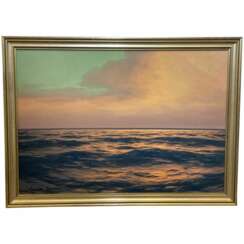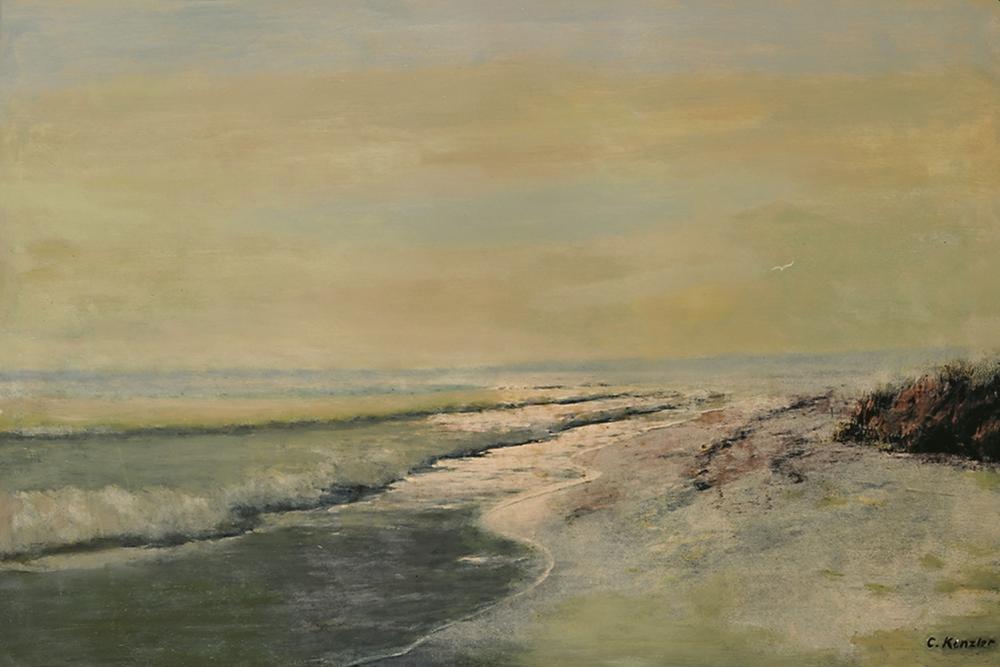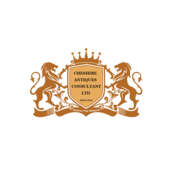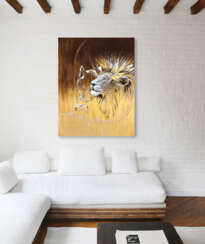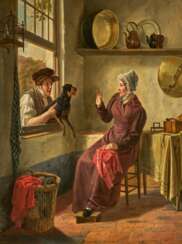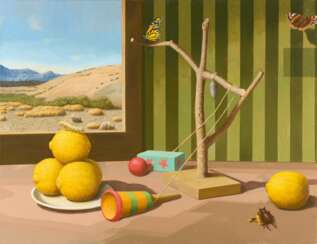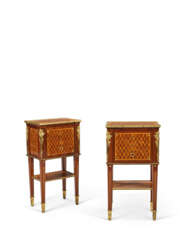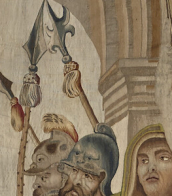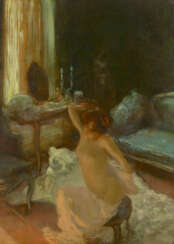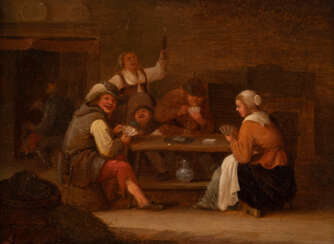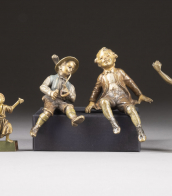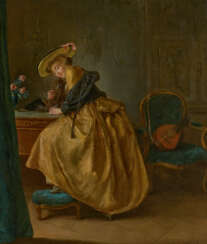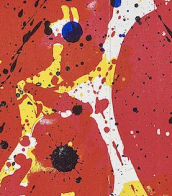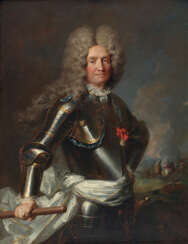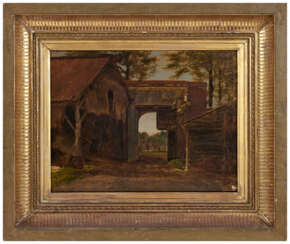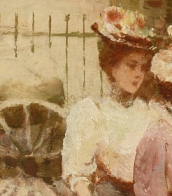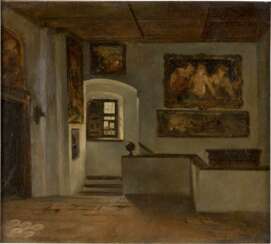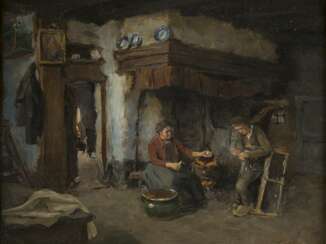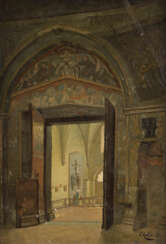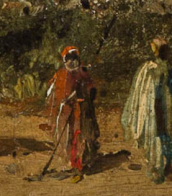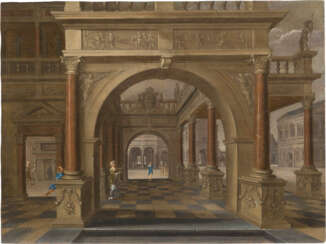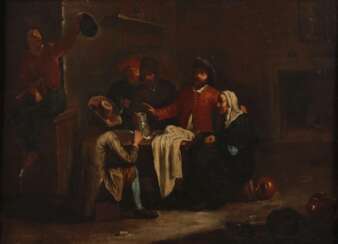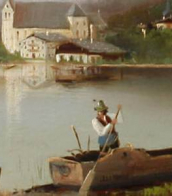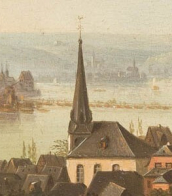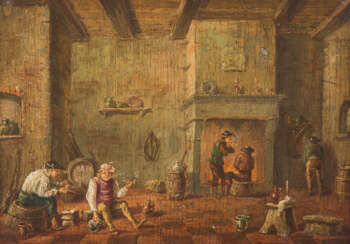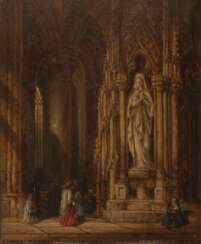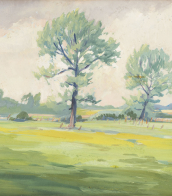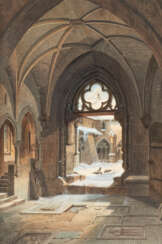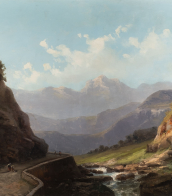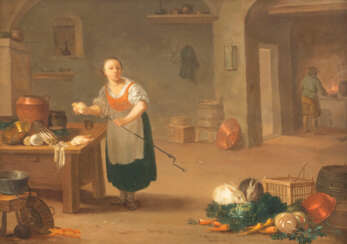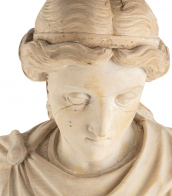peinture d'intérieur
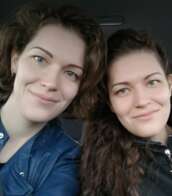


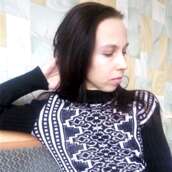
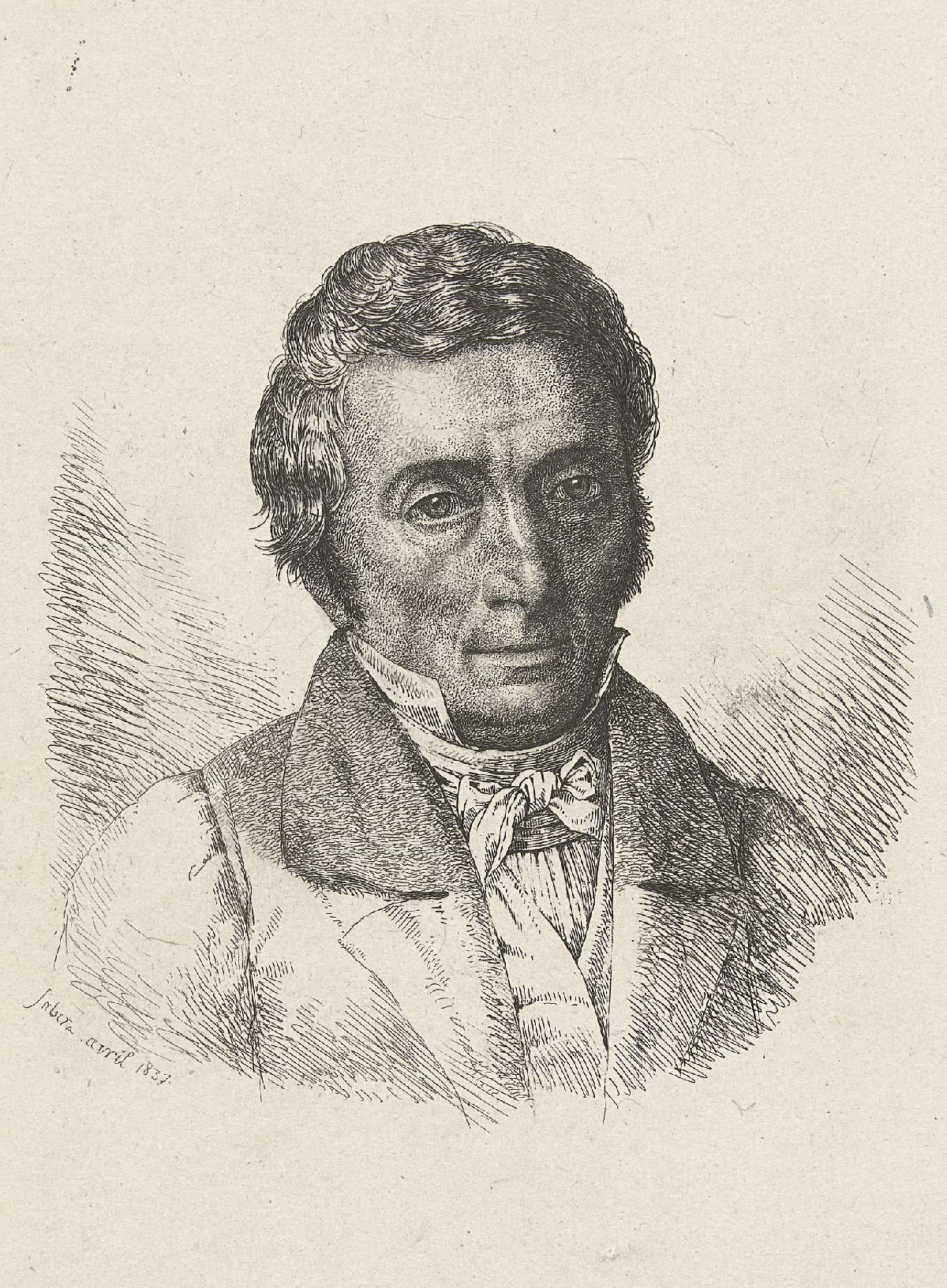
Frédéric Théodore Faber was a Belgian landscape and genre painter. He established at Brussels a china manufactory, and abandoned painting on canvas for painting on porcelain. He also etched upwards of a hundred plates of landscapes and animals, some after his own designs.
A significant set of pieces painted by this virtuoso is exhibited at the Museum of Decorative Arts François Duesberg.

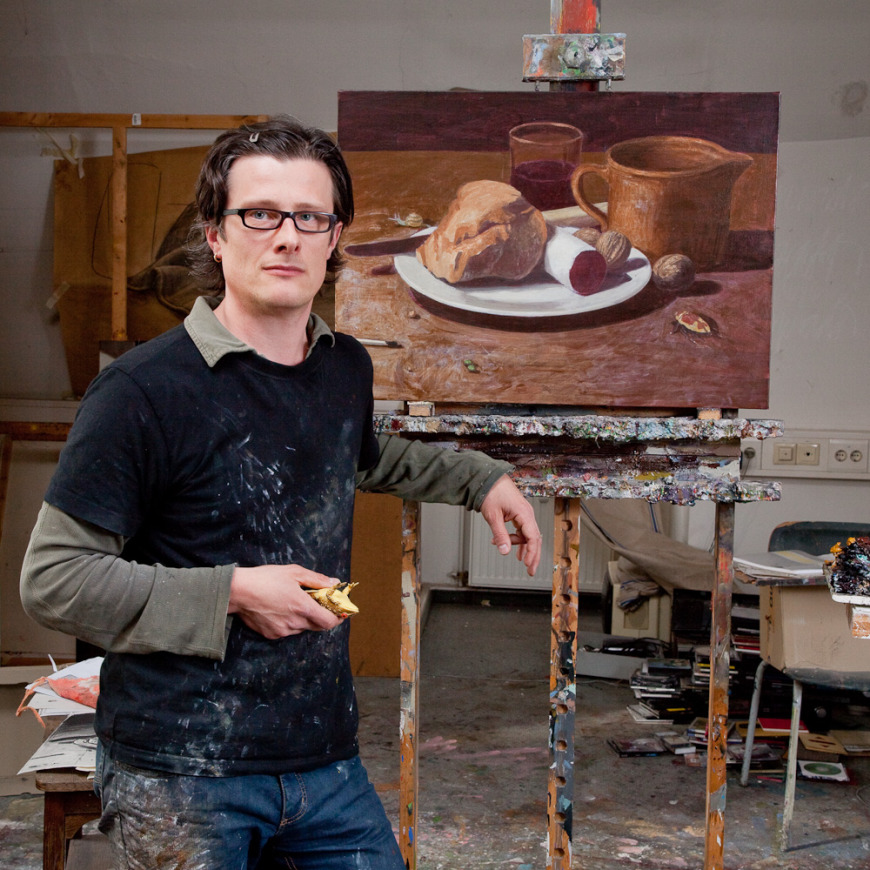
Jan Dörre is a German painter known for his still lifes in the modern vanitas style.
He studied painting at the Academy of Visual Arts in Leipzig, lives and works in Leipzig.
Jan Dörre paints still lifes, which are directly associated with the paintings of the old masters of the 17th century. The artist in his works repeats in different variations the familiar set of motifs found in baroque still lifes of vanitas: bread, cutlery, fruit, insects, birds, snakes, lizards, books, letters, skull, etc. But next to them in a modern setting he places objects of our time, for example, pills and empty packages from them. All this together conveys the general idea of the genre: a reminder of the transience of life, the futility of pleasure and the inevitability of death.

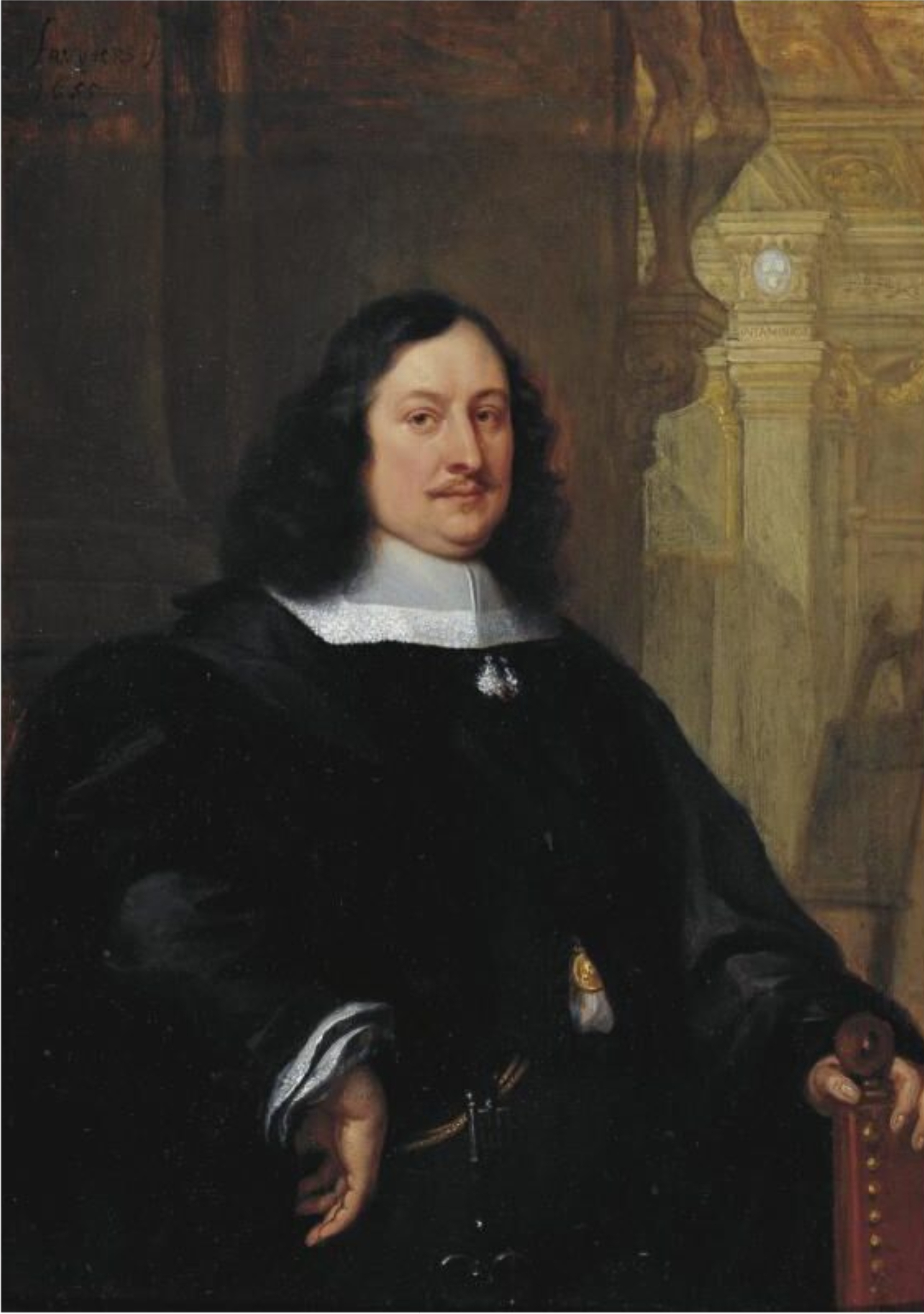
David Teniers the Younger was a Flemish Baroque painter, printmaker, draughtsman, miniaturist painter, staffage painter, copyist and art curator. He was an extremely versatile artist known for his prolific output. He was an innovator in a wide range of genres such as history painting, genre painting, landscape painting, portrait and still life. He is now best remembered as the leading Flemish genre painter of his day. Teniers is particularly known for developing the peasant genre, the tavern scene, pictures of collections and scenes with alchemists and physicians.
He was court painter and the curator of the collection of Archduke Leopold Wilhelm, the art-loving Governor General of the Habsburg Netherlands. He created a printed catalogue of the collections of the Archduke. He was the founder of the Antwerp Academy, where young artists were trained to draw and sculpt in the hope of reviving Flemish art after its decline following the death of the leading Flemish artists Rubens and Anthony van Dyck in the early 1640s. He influenced the next generation of Northern genre painters as well as French Rococo painters such as Antoine Watteau.
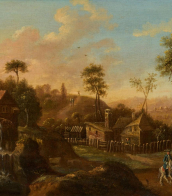
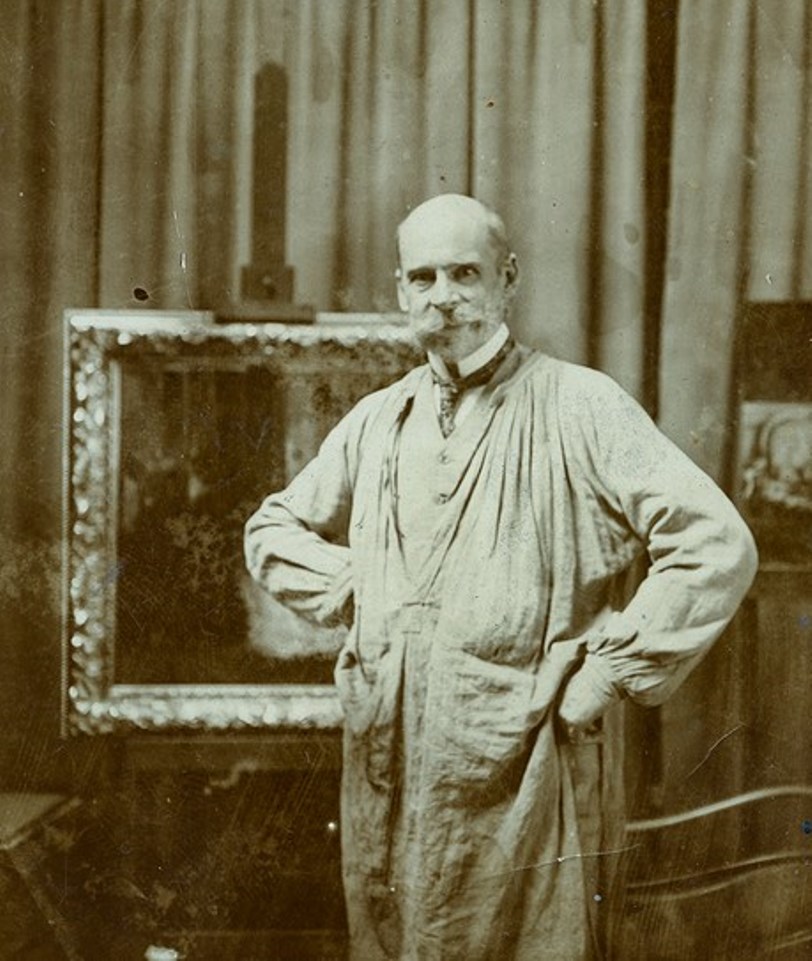
Gaston La Touche was a French painter, illustrator, engraver, and sculptor, a representative of Post-Impressionism.
In his paintings the artist showed his idealistic universe inhabited by nymphs in parks, among fountains, flowers and fireworks.
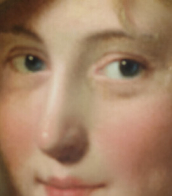
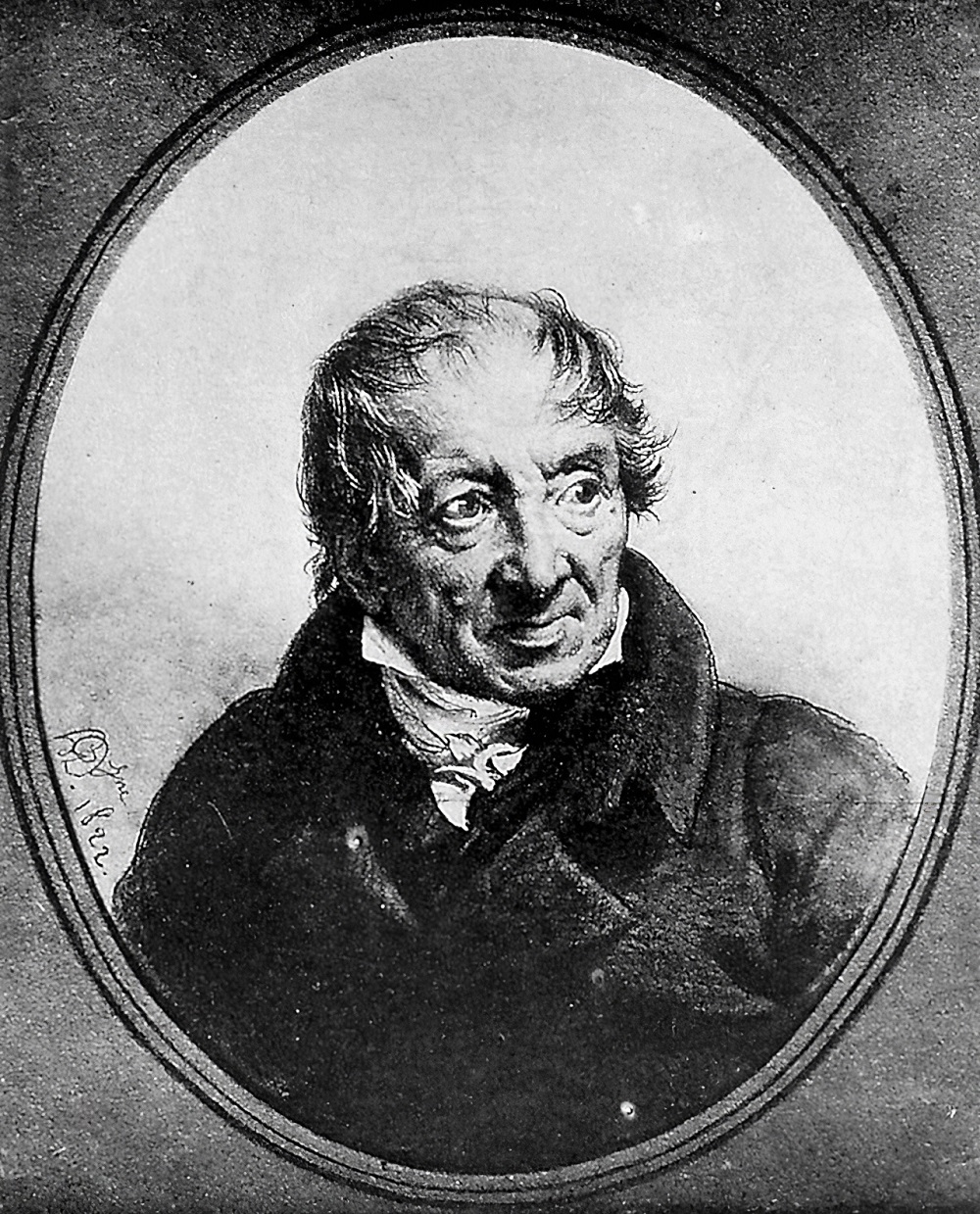
Jean-Frédéric Schall was a French painter who specialized in genre scenes and portraits.

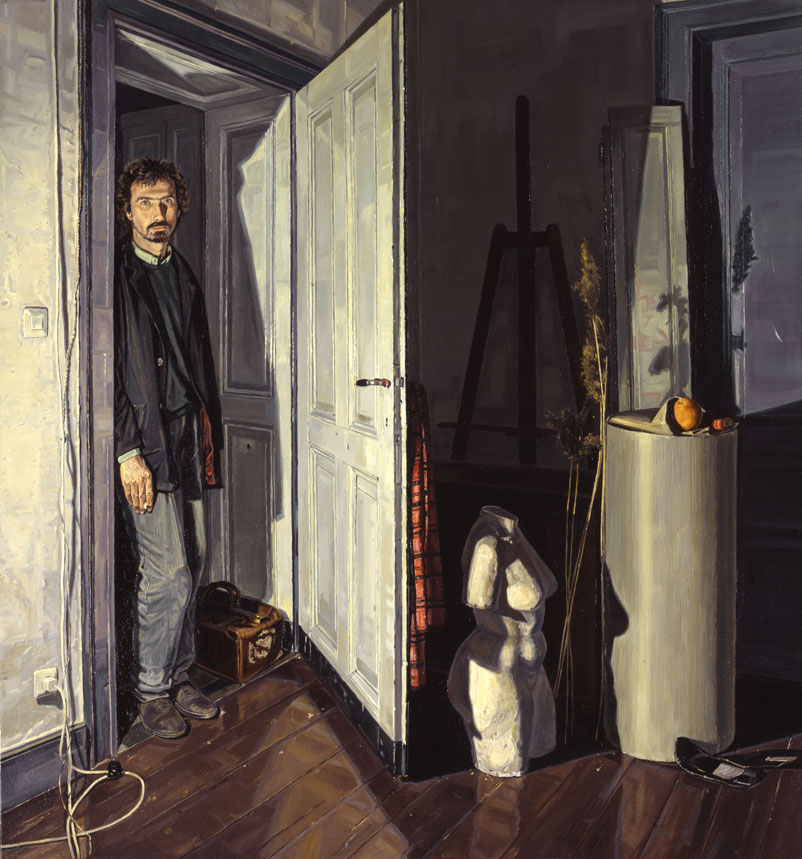
Sebastian Walter-Lilienfein is a German painter.
He studied free painting at HBK and has been living and working in Essen-Kettwig since 1987. In 1991 he became a member of the Special Association of German Artists.

.jpg)
Jacint Rigau-Ros i Serra, known in French as Hyacinthe Rigaud, was a Catalan-French baroque painter most famous for his portraits of Louis XIV and other members of the French nobility.

.jpg)
Jacint Rigau-Ros i Serra, known in French as Hyacinthe Rigaud, was a Catalan-French baroque painter most famous for his portraits of Louis XIV and other members of the French nobility.
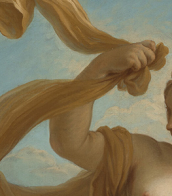
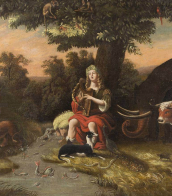
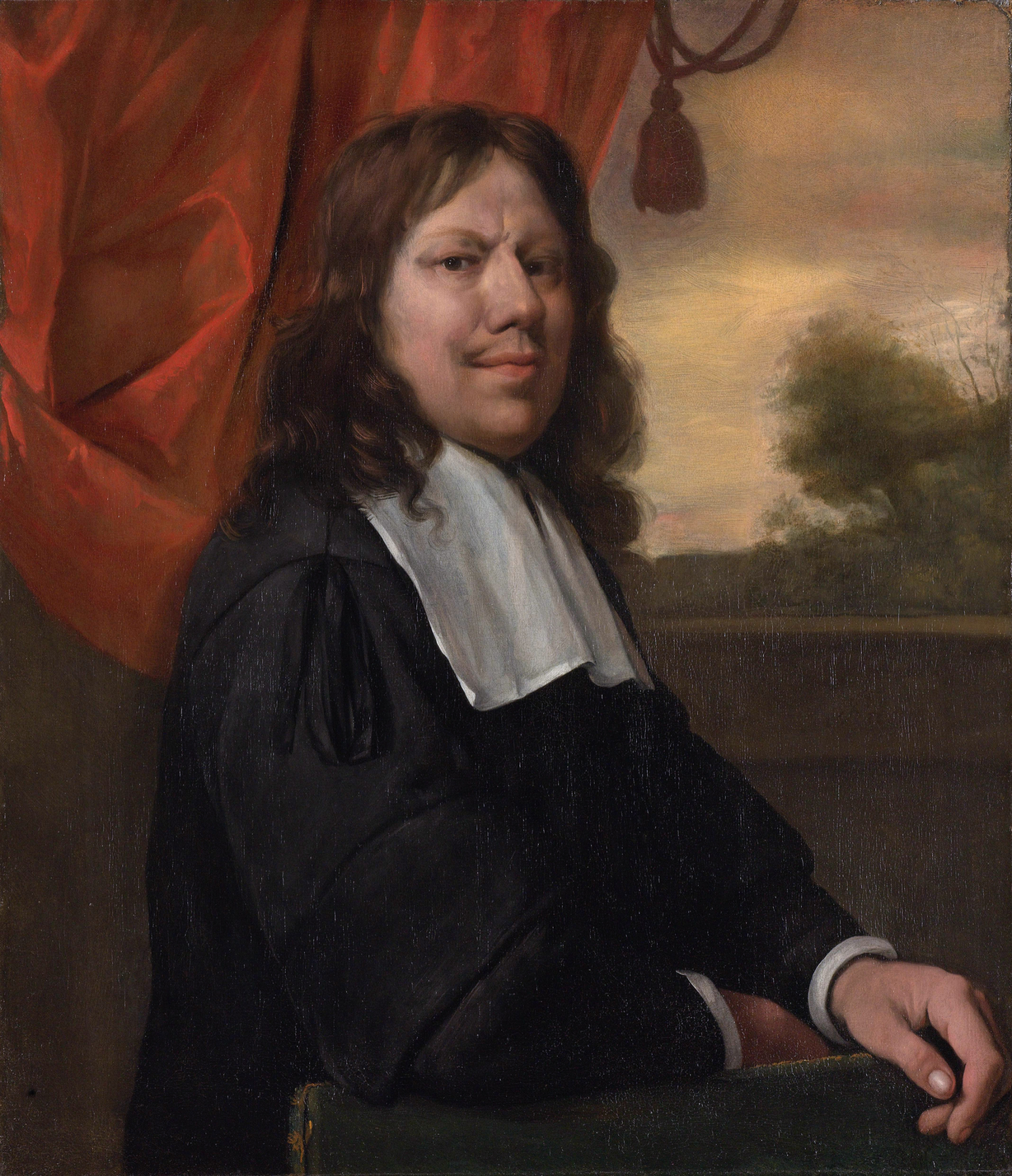
Jan Havickszoon Steen was a Dutch painter of the Golden Age, a member of the Harlem and Leiden Guilds of St. Luke. Steen is one of the most important Dutch genre painters of his time. Most of his several hundred paintings focus on human morality with the aim of teaching the viewer a moral lesson. They often refer to proverbs or old Dutch literary texts. In addition to genre paintings, Sten explored a variety of subjects: he painted historical, mythological and religious scenes, still lifes and landscapes.

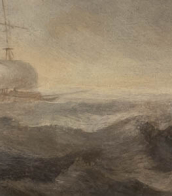
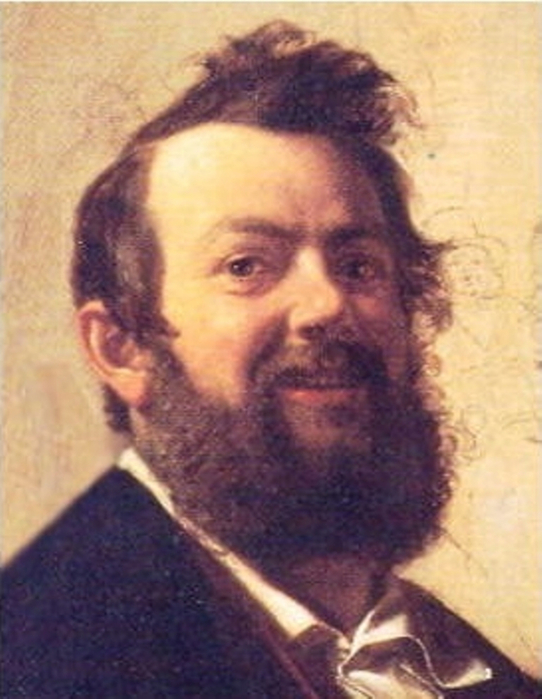
Johann Peter Hasenclever was a German painter of the first half of the 19th century. He is known as a painter, a representative of the Düsseldorf school of art, who is considered one of the founders of German genre painting.
Hasenclever began his work by interpreting biblical, mythological and romantic subjects, but eventually found his calling in humorous scenes from bourgeois life, especially Pyrenean towns and cities. Among his famous works are "The Amusing Examination," "The Reading Room," and "The Trial of Wine," distributed in engravings and lithographs.

